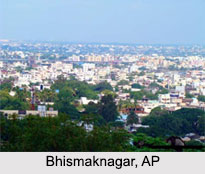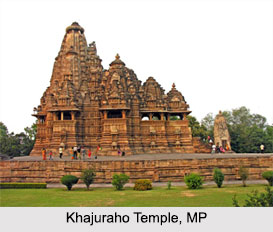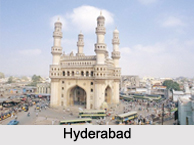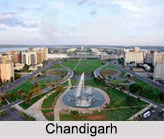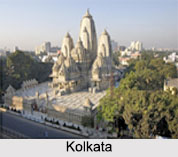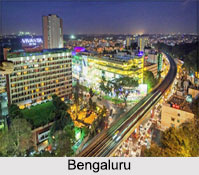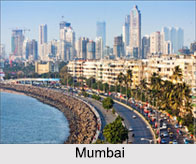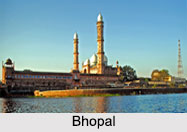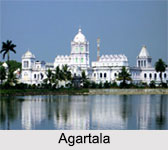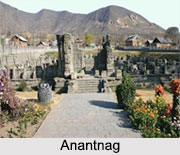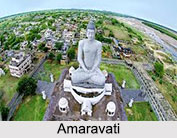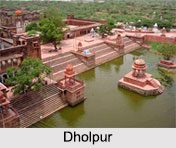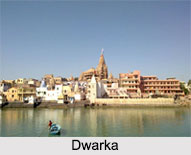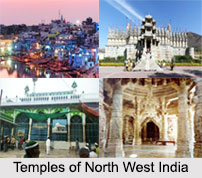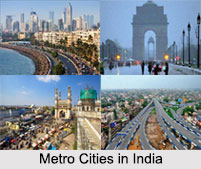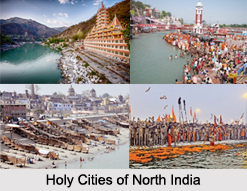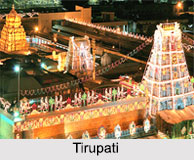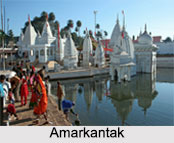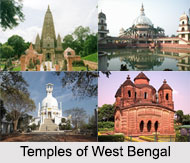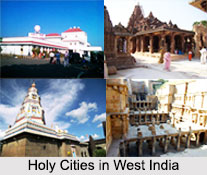Numerous towns and cities have prospered in the country. The state of Maharashtra is also no exception. It is an example of a city, which lies in Latur district, Maharashtra. For supervising its administration a municipal council has been set up.
The identification of a town is incomplete with the knowledge of its strategic location.
Nilanga lies approximately at 18.1° N and 76.77° E. It rises to a height of 583 meters (1912 feet) above the mean sea level.
A discussion of a town or city takes a concrete shape only when one gathers information related to its demographical updates. In order to fulfill its objectives a handful of demographers have dedicated their time and energy so that they would succeed to bring forth essential data like literacy rates, population status etc. The most significant document is the census report that was published in the year 2001.
As has been mentioned in the report, Nilanga has a population of 31,660. To be specific, male populace constitutes 52 % of the population. In comparison female populace constitutes 48 % only. This leads one to conclude that female residents are more in number than their male counterparts.
Experts also have cited information that is related to its literacy condition. Since Nilanga has an average literacy rate of 66 %, it conforms to the growth and development of the particular town. It is even higher than that of India, which constitutes 59.5 %. The inclination of males towards education and wisdom is quite evident from its high male literacy rate. Thus 74 % and 57 % are the rates of male and female literacy in Nilanga respectively. Information about the status of children also can be inferred from this report. 15 % of the population comes under six years of age.
 Just like many Indian residents, in Nilanga also people have adapted to the occupation of agriculture. Quite a number of people have forayed into conventional retail business. Due to the business acumen, communities like Lingayat and Marwari have established their domination in Nilanga.
Just like many Indian residents, in Nilanga also people have adapted to the occupation of agriculture. Quite a number of people have forayed into conventional retail business. Due to the business acumen, communities like Lingayat and Marwari have established their domination in Nilanga.
Constructed in Hemadpanthi style, Nilanga Temple has long drawn public attention from far and near.
Major crops that are produced include oilseeds, cereals, pulses, and grapes. Few industrial units produce items like oil, nutcrackers, locks, stoves, brassware, milk powder, `pressing` `ginning` and more etc. Due to its integrity with the Latur district it is evident that people of Nilanga follow trends and go by traditions.
